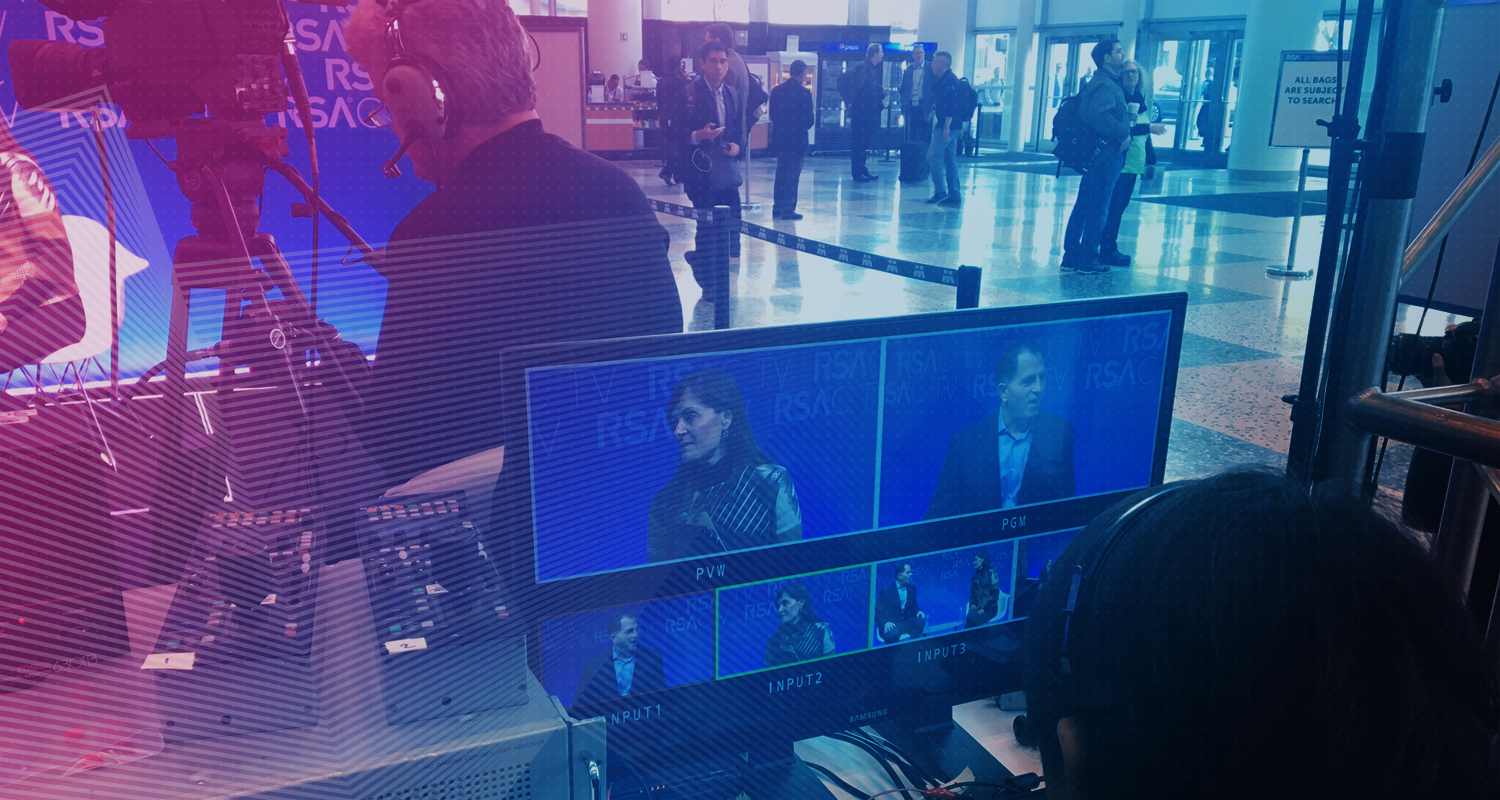
I recently sat on a panel at the CESSE Leadership Conference in Baltimore where I spoke to a packed room on this topic. When my fellow panelists and I asked the room whether any part of their meeting(s) was virtual, it was about a 50/50 split – with half the room saying yes, and the other half responding that they have not “virtualized” any part of their meeting.
One of the panelists even admitted she didn’t want to but did so out of necessity. (I’ll come back to this later.)
For most meeting professionals, the thought of taking a meeting virtual can seem overwhelming, and even antithetical to the purpose of an event. But with audiences spread out globally, widespread interruptions to travel plans of attendees and/or presenters (remember the travel ban?), and evolving expectations of audiences, going virtual at some level is a question of when, not if.
Whether you’re just considering it, planning your first hybrid meeting or are already on the cutting-edge, you can find ways to leverage virtual technology successfully for your event.
Taking the next step (and there’s always a next step)
While some planners are interested in testing virtual for a meeting, others have taken the plunge and are leveraging virtual technology seamlessly across their entire meeting. It’s a long spectrum from one side to the other.
Whether or not you want to, it’s always good to have a plan for virtual elements of your event. My fellow panelist that I mentioned above? She didn’t want to add a virtual element because she wanted people to attend the meeting in person. But then the government shutdown happened, and 60 percent of the meeting’s presenters were unable to make it and virtual became the only option. There’s the travel ban, unpredictable weather, and other issues out of our control, like Amnesty International recently issuing a global warning to people traveling to the U.S., which could all impact event attendance.
Not sure about virtual yet? Start with a free tool like YouTube or Facebook Live. That will help you collect information about usage, collect feedback, and identify your audience’s appetite.
Have some experience and not sure what’s next? Try capturing content. Capture the keynote and post it online to see how many people watch and engage with it.
Already virtual? Consider monetizing the content. Determine whether you need on-demand or live content, and how to leverage each to deliver the best experience for your presenters and attendees.
No matter where you are on the spectrum, one important tip: Have a plan for the data dump. Engage the person or team in charge of content early and often so you can build, adjust, and execute a successful plan for what to do with all the new content you’re capturing.
Going virtual best practices
Plan. You should be outlining the virtual/hybrid plan as soon as you start talking about a session; it’s as necessary as registration.
Develop a plan for content. Recording a session is one thing, but you need to have a solid plan for what you will do with all the new content you collect. Do you want people to be able to view it? Buy it? Identify the person or team in charge and keep them closely involved. When the event is over, asses what worked and what didn’t, and adjust accordingly.
Stay true to your event’s vision and experience. Going virtual should complement the experience, not detract from it. Sitting in a chair in the same room with a presenter can be very different than sitting at a desk in an empty office. Consider the experience you want all attendees to have and design your virtual strategy accordingly.
Understand your venue’s opportunities and limitations. Each venue is different, so it’s important to go in asking the right questions and design your event and sessions accordingly. (You can get started here: From Wi-Fi to Live Streaming – What You Need to Consider)
The bottom line: Each event is unique, and developing and executing a virtual strategy is no exception. There will be considerations and requirements that are unique to your event, members, and attendees, and a need to stay true to the experience your event has become known for. It’s important to have those conversations early and often with your vendors and partners to ensure everyone is on the same page and working towards the same goals.
If you’d like to discuss your virtual strategy or get a copy of our Virtual Meeting Strategy Checklist, you can reach me at mhughes@projection.com.
